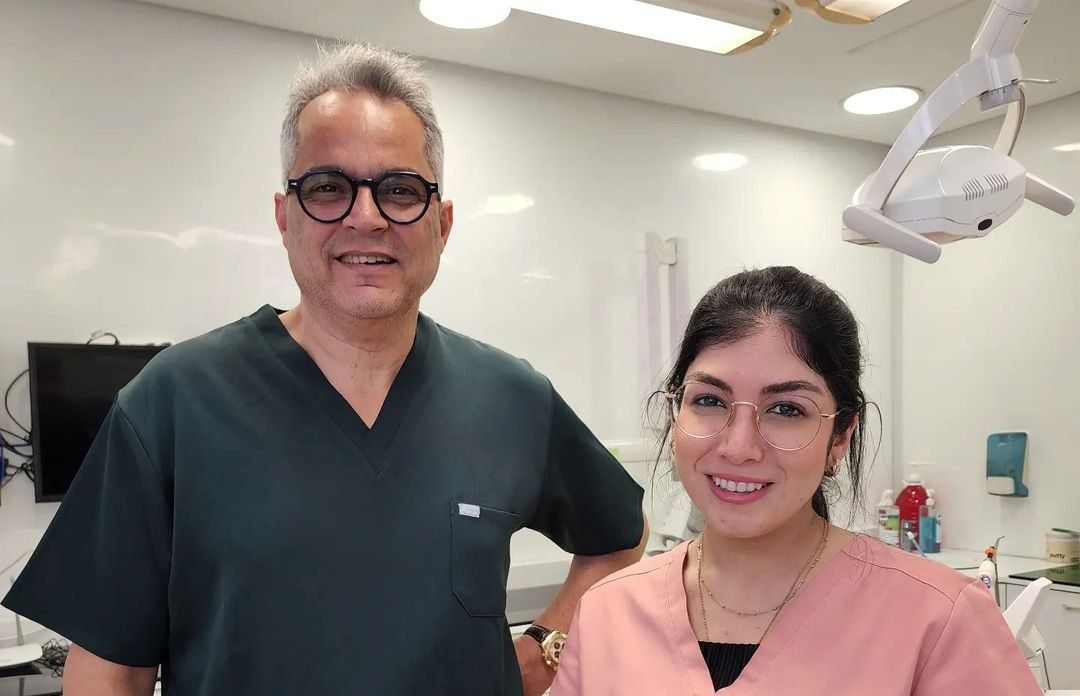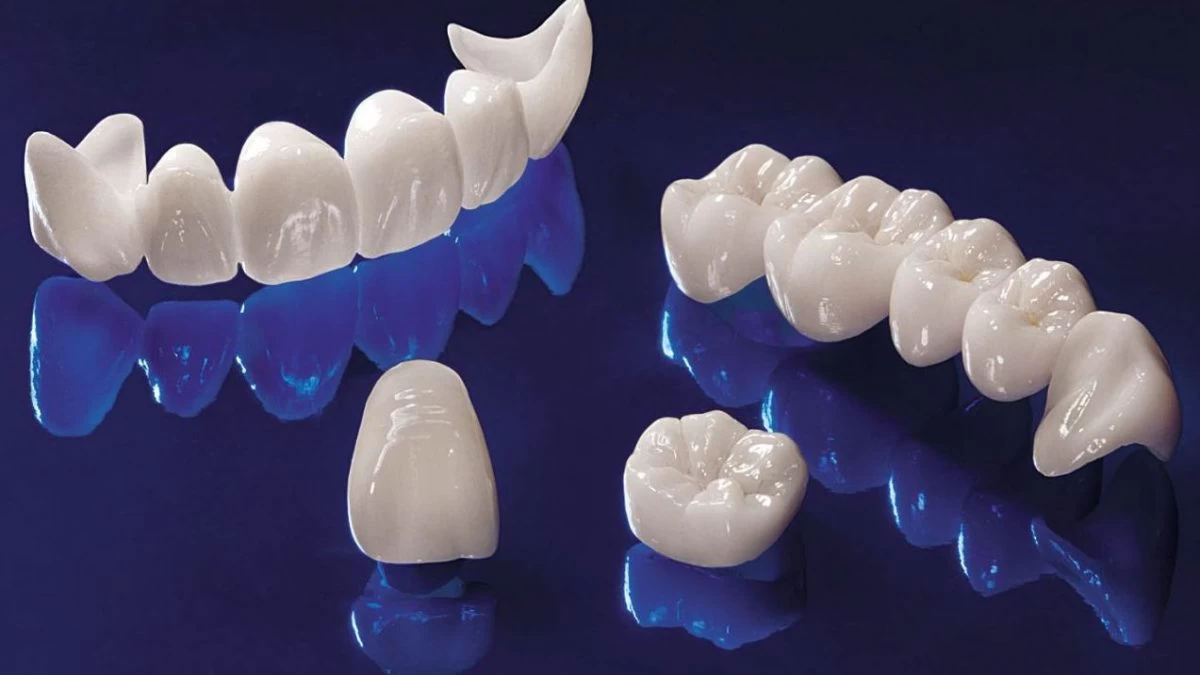Contact@maroc-implants.com
19 bis Bd Ibnou Sina, Casablanca
Tel / text +212 6 61 437 778
🇫🇷 French

Préparez-vous à découvrir comment nos solutions d’implants dentaires peuvent transformer votre sourire et votre qualité de vie.
Imaginez des racines artificielles en titane ultra résistantes, soigneusement insérées dans votre mâchoire pour créer une base solide. Ces implants dentaires jouent le rôle de véritables héros, offrant une stabilité inégalée à vos couronnes, bridges ou prothèses amovibles, tout en préservant l’intégrité de votre os de la mâchoire.
Nous sommes fiers de notre expertise technique et de notre utilisation des équipements de pointe, qui nous permettent de vous offrir des résultats impeccables.
La procédure d'implantologie dentaire est généralement réalisée sous anesthésie locale, ce qui signifie que vous ne ressentirez aucune douleur pendant l'intervention. Après la procédure, une légère sensibilité ou gêne peut être ressentie, mais elle peut être facilement gérée avec des médicaments prescrits par notre équipe médicale.
La plupart des patients déclarent que l'inconfort est minime et s'améliore rapidement, vous permettant de reprendre vos activités normales en peu de temps.
Les implants dentaires sont conçus pour être une solution à long terme. Avec les soins dentaires appropriés, une hygiène bucco-dentaire rigoureuse et des visites régulières chez le dentiste, les implants dentaires peuvent durer toute une vie.
Il est important de noter que la durée de vie d'un implant dépend également de facteurs individuels tels que la santé bucco-dentaire globale du patient, le suivi des recommandations postopératoires et le respect des bonnes pratiques d'hygiène bucco-dentaire.
La couverture des implants dentaires varie selon les réglementations de l'assurance et de la sécurité sociale dans chaque pays. Dans certains cas, les assurances peuvent couvrir partiellement ou entièrement les coûts des implants dentaires, notamment pour des raisons médicales, comme la restauration de la fonction masticatoire ou la réhabilitation après un traumatisme.
Il est recommandé de vérifier auprès de votre assureur ou de votre sécurité sociale les détails de votre couverture spécifique. Notre équipe de la clinique dentaire Bennani peut également vous aider en vous fournissant les informations nécessaires pour faciliter vos démarches auprès de votre assurance.
Notre équipe de spécialistes des implants dentaires est là pour réaliser vos rêves de sourire parfait. Grâce à notre expertise en matière de restauration dentaire, nous sommes capables de remplacer une ou plusieurs dents manquantes avec une précision microscopique, vous offrant un sourire éblouissant qui semble totalement naturel.
Notre équipe de chirurgiens-dentistes hautement qualifiés et passionnés excelle dans l’art des implants dentaires. Avec des années d’expérience à notre actif, nous sommes fiers de notre réputation en tant qu’experts de confiance dans le domaine. Soyez assuré que vous êtes entre de bonnes mains!

Visionnez notre vidéo interactive où le Dr Bennani revient sur son parcours dans l'implantologie et de son approche sur certains cas.
À la Clinique Dentaire Bennani, nous ne faisons aucun compromis sur la qualité des équipements. Nous utilisons les technologies dentaires les plus avancées, tels que des scanners intra-oraux 3D ultra-précis et des logiciels de planification assistée par ordinateur. Ces outils de pointe garantissent une analyse précise et une planification minutieuse pour des résultats d’implants dentaires impeccables.
Nous sommes fiers de notre choix de matériaux de la plus haute qualité pour nos implants dentaires. En utilisant exclusivement des implants en titane de qualité médicale, nous vous offrons une biocompatibilité maximale, une intégration osseuse optimale et une durabilité à long terme. Vous pouvez compter sur nos implants pour résister aux rigueurs de la vie quotidienne avec un confort absolu.

Prenez soin de votre santé, réservez votre consultation dès maintenant !

Adding {{itemName}} to cart
Added {{itemName}} to cart